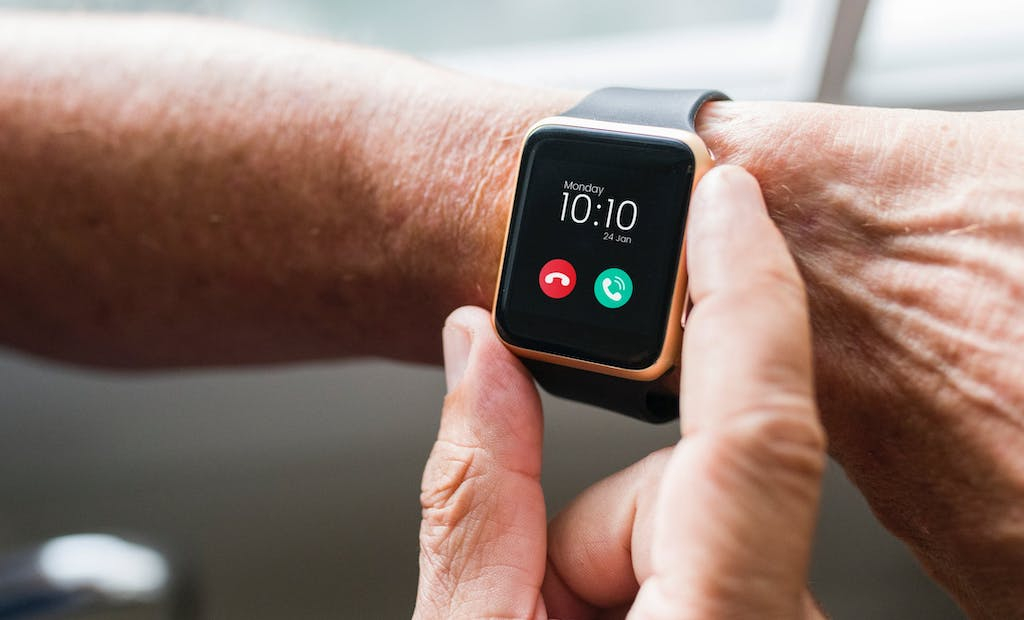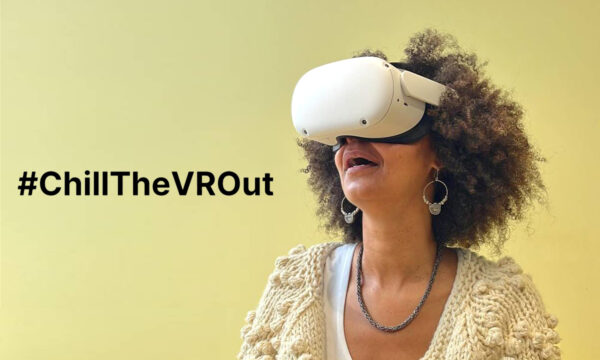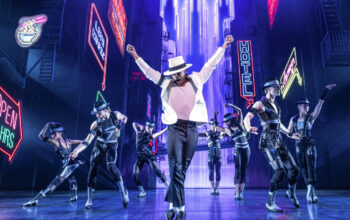Are smartwatches taking over the traditional watch industry?

With the release of the latest addition to the Apple family, questions have abounded as to what exactly the Apple Watch and its counterparts will bring to the world of timepieces. Many have lauded the arrival, while ridicule and scepticism of its technology has also thrived.
Like previous Apple products before, the Apple Watch looks to revolutionise the industry, but it could also disappear into oblivion. However, let us not forget that with the iPad, Apple delivered a product nobody thought necessary, but according to Statista, as of June 2014, 200 million people own one and numerous copycat creations have ensued since its release.
Looking at the watch industry, it is divided into three markets: the inexpensive watch brands like Swatch and Casio, upscale luxury brands like TAG Heuer and Rolex and the smartwatch.
Apple Watch certainly has the potential to jeopardise the sales of lower-end timepieces, but whether that will be a permanent effect is hard to predict, not least of all because of the “locking in” feature, which means users need to sync the Watch to an iPhone only, making Android redundant. But it’s possible to find the best Apple Watch setup for men and make the whole experience easier.
Undoubtedly, Apple’s offering will pip Google’s one-year-old Android Wear and Samsung’s Gear watches to the post in terms of sales and popularity. It certainly triumphs in all other areas of technology.
It is also profoundly recognised that its release will not impose consequences on statement, luxury watches with which it cannot rival.
High-end watch companies are producing a product that is recognised as much more than just telling the time. They are creating art through craftsmanship, family heirlooms and a traditional analogue escape from a digital-obsessed world which cannot be replicated by a smartwatch.
Traditional watches, whatever their price point, are seen as jewellery, a status symbol and a fashion trend. Apple Watch is a technology that has taken from a traditional industry and consequently lacks elegance. It will not be seen as jewellery and can certainly not claim to be a status symbol due to the all-encompassing nature of Apple in society today.
Those weary of the depletion of the traditional watch industry, have seen its popularity wane already. With over one billion smartphones sales globally since 2007, the main purpose of a wristwatch has been replaced by a multi-functional, “necessary-for-many” product. Of course the Apple Watch may serve to speed up this decline, but the days of traditional watches were already numbered.
But looking at the watch itself, it is not without flaws, which does not make it a must-buy just yet. The battery life has been noted as poor, its interface is not typically user-friendly, its price is higher than its competitors, it is slow to load data and its overall premise is not as easy to pinpoint as previous Apple products.
While the Apple Watch may symbolise modernity and advancing technology, traditional watches and watch brands symbolise a heritage, an art and a craftsmanship that the Apple Watch can never replace. Apple Watch is certainly the main contender for taking over the smartwatch market, but its effect on traditional consumption will not be as clear cut; if the sales of traditional watches drastically decline, in this continuously technologically advancing world, the Apple Watch won’t quite be able to claim sole responsibility.
Clarissa Waldron
























Facebook
Twitter
Instagram
YouTube
RSS